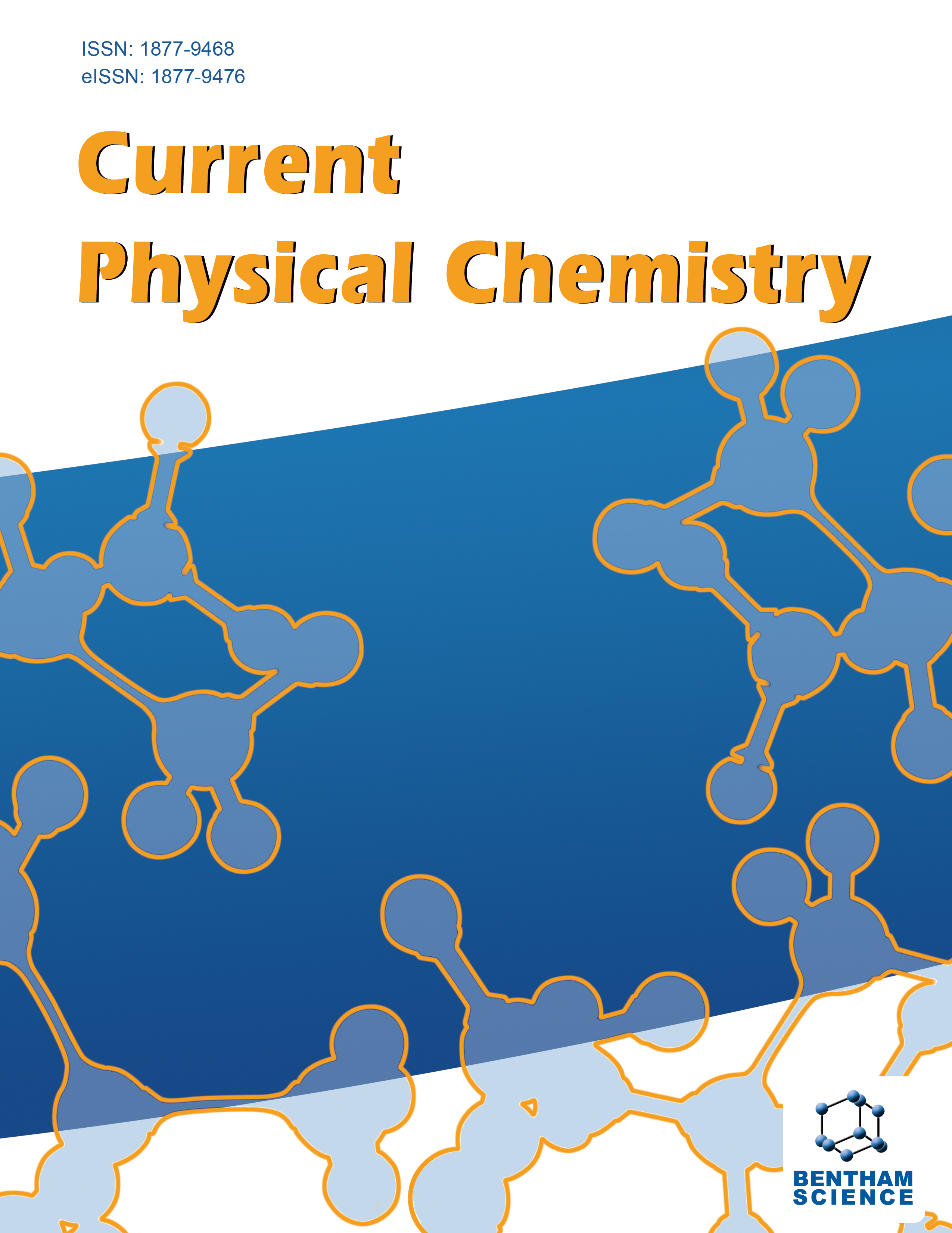-
s Spectroscopic Characterization and Thermo-Gravimetric Analysis of Bioactive Copper 2-Amino 6-Methyl Benzothiazole Complexes Derived from Various Oils
- Source: Current Physical Chemistry, Volume 9, Issue 1, Apr 2019, p. 58 - 76
-
- 01 Apr 2019
- Previous Article
- Table of Contents
- Next Article
Abstract
Background: Surfactants most characteristic phenomenon of micellization in the bulk phase, as well as their ability to be accumulated at an interface are of immense theoretical, applied and biological interests as indicated by large number of publication of papers and reviews in last three decades. Particulars information about Copper (II) soaps derived from natural oils, play a vital role in its selection in specific phenomena such as foaming, wetting, detergency, emulsification etc. and also in their use as herbicides, fungicides, pesticides and insecticides etc. The tendency of Copper soaps have complex formation with compounds containing donor atoms like N, S, O, Br, etc. as benzothiazole and other related compounds play significant role in biological activities due to the presence of nitrogen and sulphur atoms, which are responsible for their pharmacological activities. Objective: The copper surfactants derived from various edible (Groundnut and Sesame oils) and non-edible oils (Neem and Karanj oils) and their complexes with nitrogen and sulphur containing ligands such as 2-amino-6-methyl-benzothiazole have been synthesized and studied for their structural aspects, which were confirmed using various techniques like IR, NMR and ESR spectroscopy. Thermogravimetric analysis of complexes which is derived from already synthesized copper (II) soaps with 2-amino-6-methyl benzothiazole was done to confirm the thermal decomposition. Methods: Thermo Gravimetric Analysis (TGA) has been used to study the thermal decomposition of copper surfactants complexes to evaluate their energy of activation and various thermodynamic parameters i.e. Gibbs free energy, enthalpy, entropy have been calculated. Copper surfactants and their benzothiazole complexes were studied to test the validity of various equations namely Freeman Carroll, Coats - Redfern, Horowitz - Metzger, Broido, and Piloyan-Novikova related to thermal degradation. Results: The degradation occurs in three steps and the value of activation energy is highest for third step and smallest for the first steps. CNB and CKB need higher energy to degrade than CGB and CSB. The all copper surfactants molecules have negative entropy, which indicates that the decomposition reactions proceed with a lower rate. Conclusion: Thermogravimetric degradation analysis will also provide significant information about the removal of the natural soap segment from the environment. The studies will be very important for pollution controlling and in the field of Green Chemistry.


